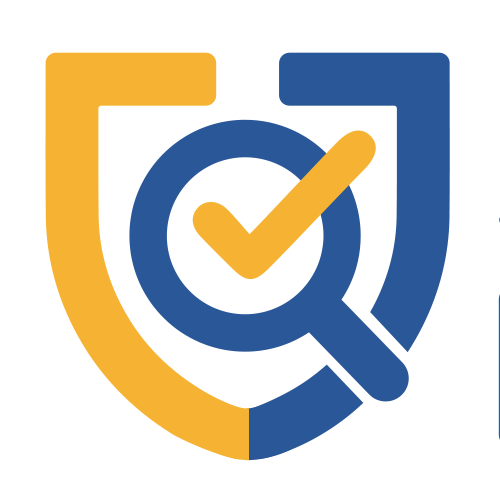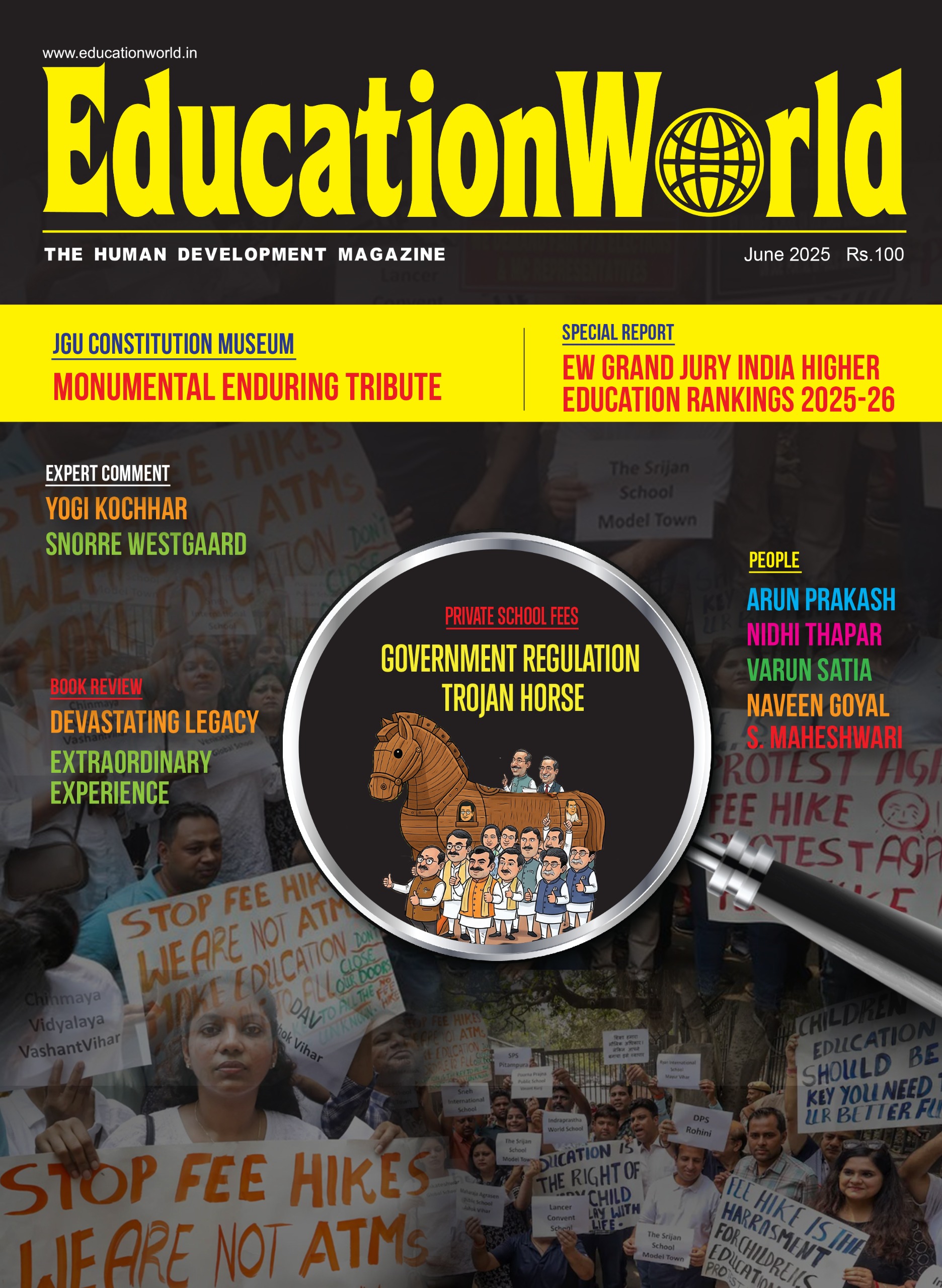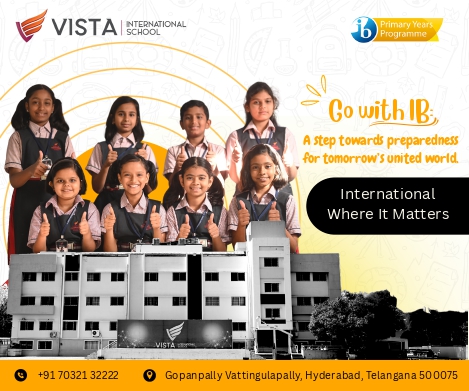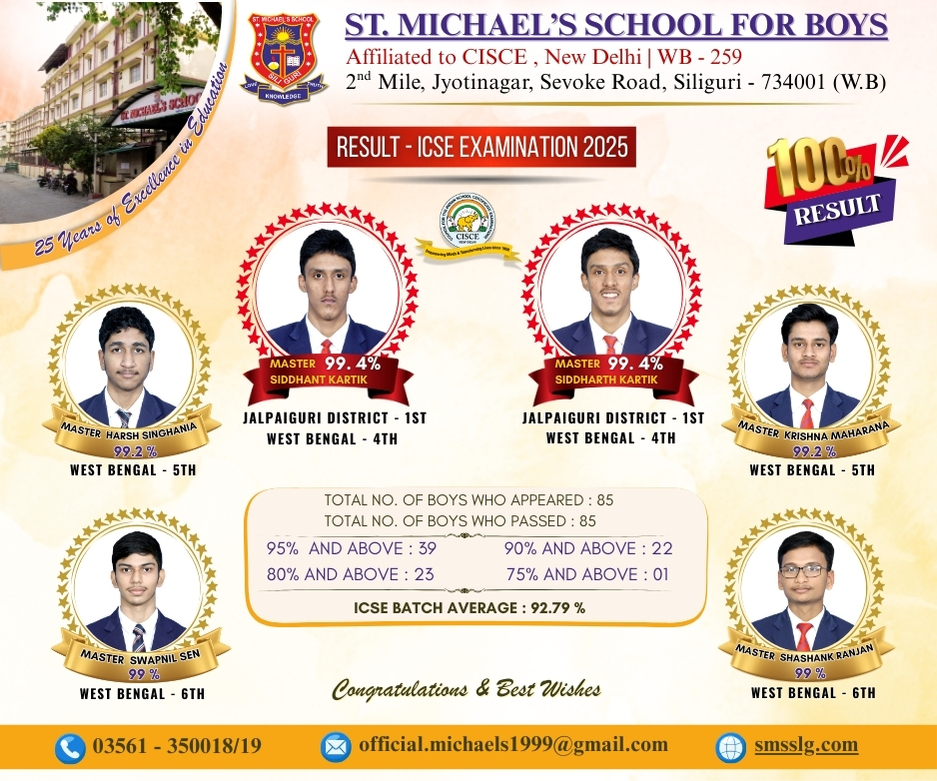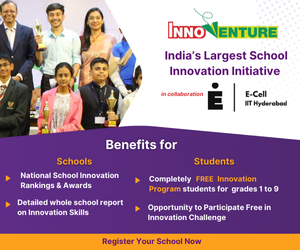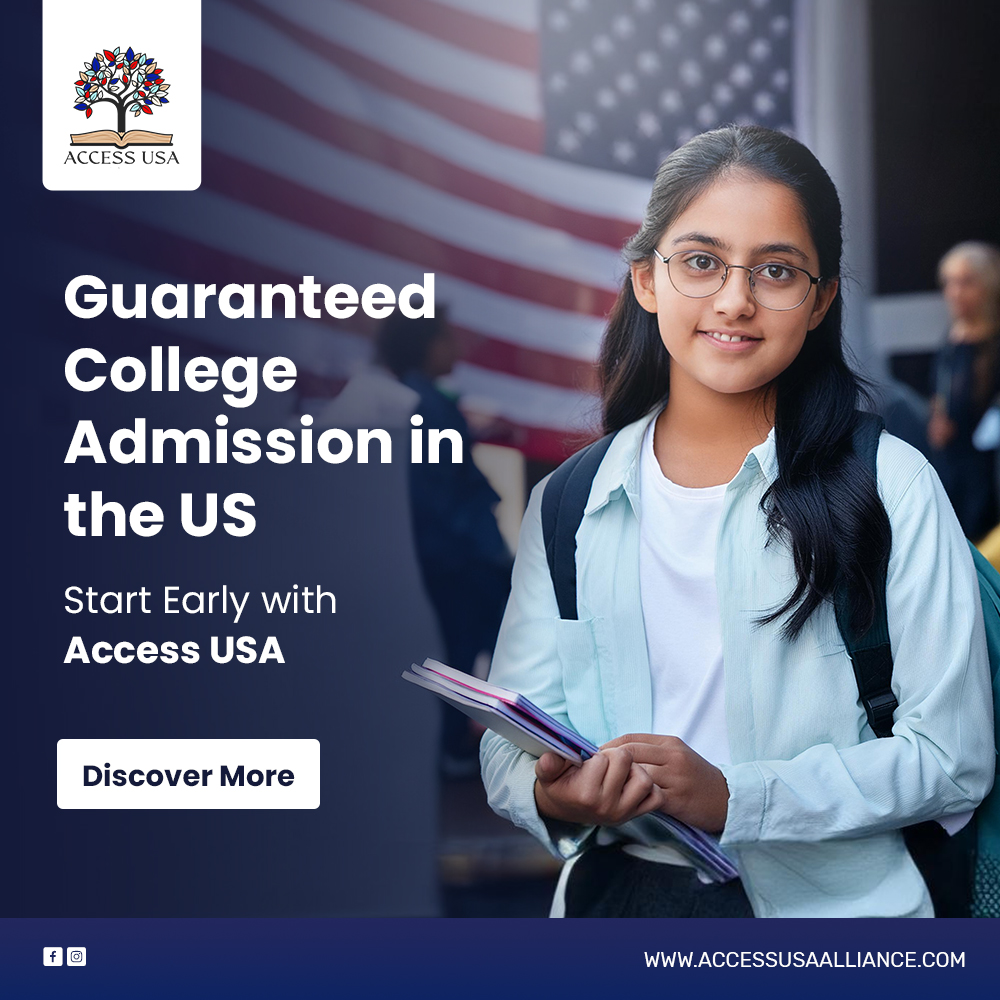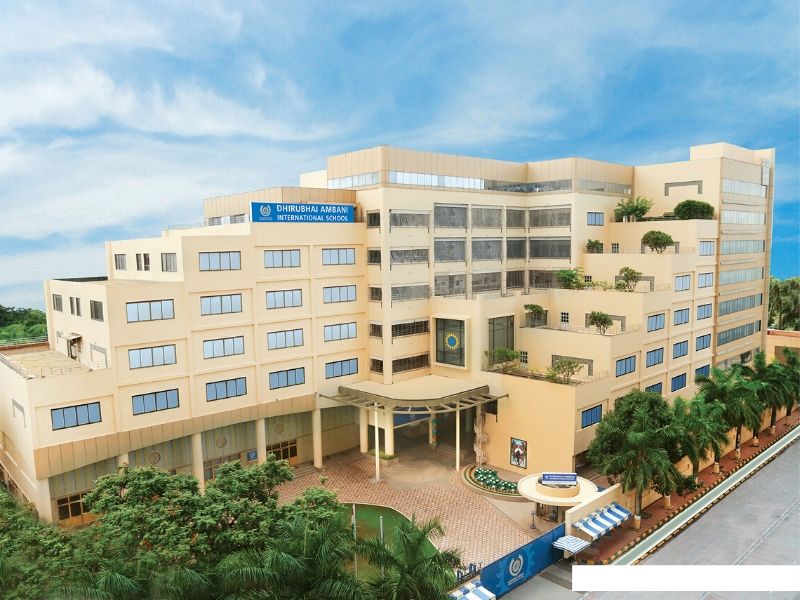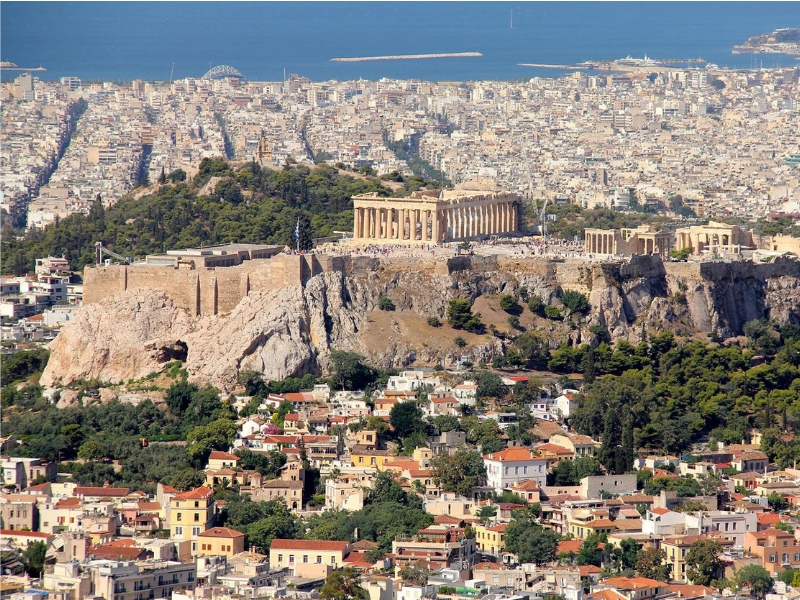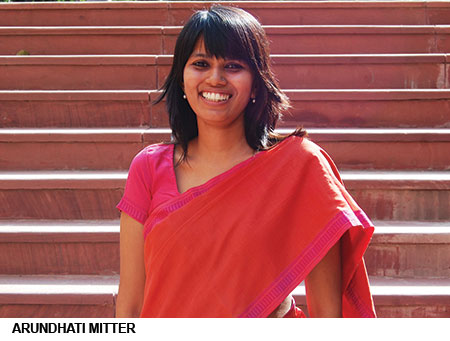 As the world grapples with the complex problem of providing access to quality, equitable education in every classroom, experiments with digital technology are showing the way to address the multiple dimensions of this challenge. From providing access to content libraries and subject-specific plug and play modules, enabling teacher support and training to facilitating assessments and diagnostics, there’s an extensive assortment of tech-enabled interventions available for adoption. The newest wonder technology is virtual reality (VR), an immersive medium that presents computer-generated simulations of three-dimensional images or environments using specialised equipment such as a headset fitted with a screen. VR heightens access to any type of visual stimuli by pushing the needle of engagement from passive to active, from one where a user is viewing an experience on a screen to one where she is placed inside the experience and is able to interact with it in virtual reality.
As the world grapples with the complex problem of providing access to quality, equitable education in every classroom, experiments with digital technology are showing the way to address the multiple dimensions of this challenge. From providing access to content libraries and subject-specific plug and play modules, enabling teacher support and training to facilitating assessments and diagnostics, there’s an extensive assortment of tech-enabled interventions available for adoption. The newest wonder technology is virtual reality (VR), an immersive medium that presents computer-generated simulations of three-dimensional images or environments using specialised equipment such as a headset fitted with a screen. VR heightens access to any type of visual stimuli by pushing the needle of engagement from passive to active, from one where a user is viewing an experience on a screen to one where she is placed inside the experience and is able to interact with it in virtual reality.
This game-changer property of VR, viz, enabling presentation of a variety of data and environments in an enjoyable and engaging manner coupled with the element of interactivity makes it an attractive tool for use in classrooms. From studying the human body to exploring historical eras and environments, VR opens up a range of possibilities in subjects such as science, math, geography, history and art among others. Ongoing research lists history as one of the subjects that lends itself really well to developing VR-based learning experiences. This is expected as VR can transport us into historical spaces that one may not be able to physically access, into episodes and personae hitherto limited to textual description.
In 2018, Flow India had the opportunity to design and lead a study on this dimension of VR, to build immersive experiences that enable school students to engage directly with India’s cultural heritage. Our project christened Culture Connectors, supported by the Prince Claus Fund (Netherlands) and the British Council, showcases a unique 360° immersive experience of the Qutb Complex in New Delhi, a UNESCO World Heritage site. Now in the final stages of implementation, the project offers valuable insights for educators looking to experiment with this technology.
For teachers willing to experiment with virtual reality technology, the first step is to develop one’s own perspective on leveraging virtual reality in the most effective way for learners. Sampling a wide range of available experiences to find a suitable subject for end users is the best approach. At Culture Connectors, we invited suggestions from our learners about their preferences for initial digital experiences.
Assessing the suitability of available content is the second consideration. The critical criterion is to ascertain engagement of the experience. Evaluation of content is centred around the authenticity of its subject matter. The quality of a simulation is manifested via multiple elements such as hi-fidelity imagery, cogent narrative, use of audio and creating seamless scaffolding for the experience to stimulate user engagement. Another important factor is to assess all possible biases embedded within the content. This is crucial especially for simulations that blur the lines between reality and fiction. A critical design element of our Culture Connectors project was to create an experience that allows learners to become players and provides them an engaging narrative accompanied by a set of personae they can refer to within the experience.
Since this is radical technology, its effects on human physiology and psychology are still under research. Therefore for its effective usage, teachers need to familiarise themselves with three key focus areas — the impact on eyesight, stereo-acuity and balance. Our Culture Connectors experience has been shot at an eye level to simulate the visual reach of the learner. Its implementation protocol recommends students to refrain from using the VR set beyond a set time duration and directs that any onset of dizziness or eyestrain results in immediate removal of the headgear.
Last but not least, pre-engagement design should brief learners on what to expect and provide a gradual transition into the experience. Similarly, post-engagement planning should encourage open dialogue and reflection. As VR facilitates self-directed exploration, it provides opportunity for learners to table independent takeaways, thereby improving their communication and critical thinking skills. The design of the Culture Connectors project mandates documentation of responses from learners and teachers. These responses range from comments related to content, navigation preferences, articulating detailed observations to debating the issue of majoritarian ideas of culture versus the virtues of cultural diversity.
VR is a sophisticated tool that requires careful planning but if implemented correctly, it can facilitate a range of stimulating and creative opportunities for learning. As the technology is rapidly evolving, it also requires us to engage with it with an open, experimental mindset.
(Arundhati Mitter is director of Flow India and project director of Culture Connectors)
